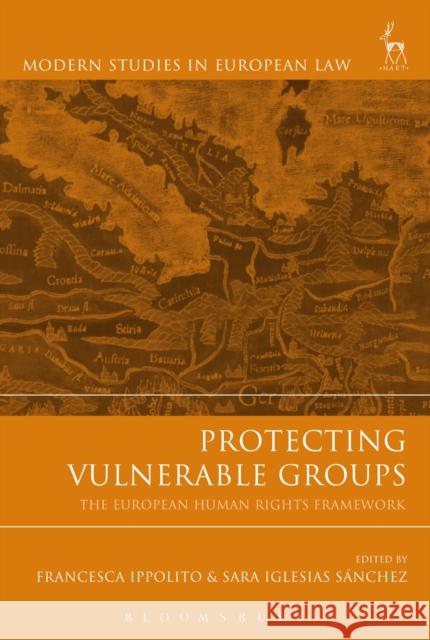Protecting Vulnerable Groups: The European Human Rights Framework » książka
Protecting Vulnerable Groups: The European Human Rights Framework
ISBN-13: 9781849466851 / Angielski / Twarda / 2015 / 494 str.
Protecting Vulnerable Groups: The European Human Rights Framework
ISBN-13: 9781849466851 / Angielski / Twarda / 2015 / 494 str.
(netto: 461,70 VAT: 5%)
Najniższa cena z 30 dni: 470,97
ok. 30 dni roboczych
Bez gwarancji dostawy przed świętami
Darmowa dostawa!
Within regional and universal international legal instruments, the concept of vulnerability has not been definitively interpreted. This book analyzes the work of both the European Union and the Council of Europe in ascertaining a clear framework or a set of criteria suitable to determine those groups which should be considered vulnerable and disadvantaged, along with exploring the measures required to protect their human rights. The book examines the different methods used to determine the levels of protection offered by the two European systems. These legal instruments - the Convention and the case law of the Strasbourg Court, the monitoring mechanisms of the Council of Europe, EU law, and the case law of the European Court of Justice - are discussed in order to determine whether they enhance the protection of vulnerable groups and expand the protection of their rights, or, alternatively, whether they are mainly used to fill in relatively minor gaps or occasional lapses in national rights guarantees. The analysis also shows the extent to which these two European systems provide analogous, or indeed divergent, standards and how any such divergence might be problematic in light of the EU accession to the ECHR.











